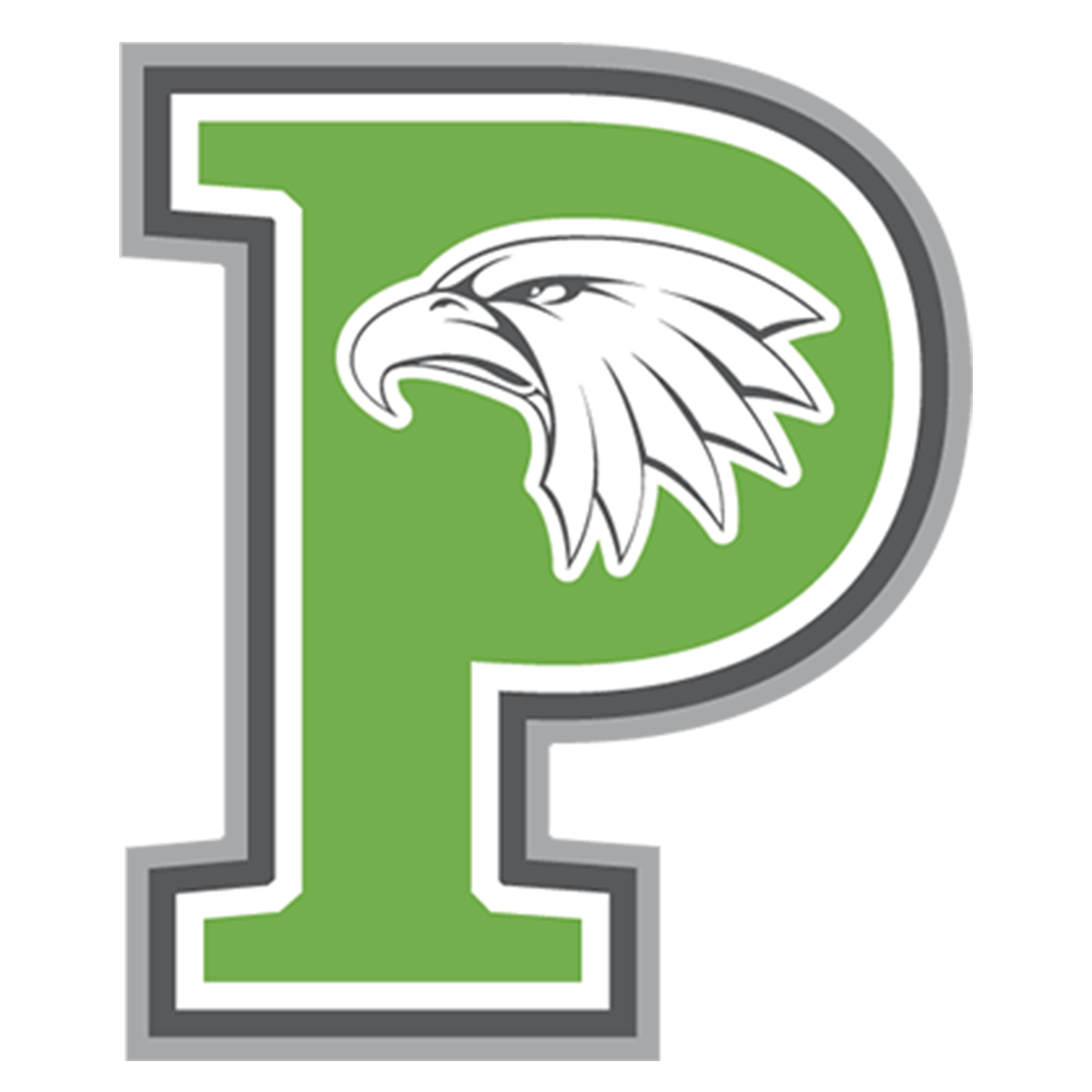Visual Impairment & Orientation and Mobility
Visual Impairment / Orientation and Mobility Services
The Texas Education Code (TEC) §30.002 requires the Texas Education Agency (TEA) “to develop and administer a comprehensive statewide plan for the education of children with visual impairments who are under 21 years of age.”
Visual Impairment Information
1. Partially sighted indicates some type of visual problem, with a need of person to receive special education in some cases;
2. Low vision generally refers to a severe visual impairment, not necessarily limited to distance vision. Low vision applies to all individuals with sight who are unable to read the newspaper at a normal viewing distance, even with the aid of eyeglasses or contact lenses. They use a combination of vision and other senses to learn, although they may require adaptations in lighting or the size of print, and, sometimes, Braille,
3. Legally blind indicates that a person has less than 20/200 (The legally blind person can see at 20 feet what the average sighted person can see at 200) vision in the better eye after best correction (contact lenses or glasses), or a field of vision of less than 20 degrees in the better eye; and
4. Totally blind students learn via Braille or other non-visual media.
Examples of Low-Tech, Low-Cost Accommodations
Reduce glare as much as possible
Use large print in communications and documents; also use electronic and braille communications
Use large print, braille labels, or tactile dots on equipment, tools, facilities, and documents
Provide magnification devices (e.g., magnifying glasses)
Use electronic text and voice mail instead of written notes
Assign human readers to help with printed and handwritten materials that cannot be converted electronically
Preferential seating
Bold line paper
What is Orientation and Mobility?
Where am I?"
"Where am I going?"
"How do I get there?"
Orientation and Mobility (O&M) is a profession specific to blindness and low vision that teaches safe, efficient, and effective travel skills to people of all ages:
"Orientation" refers to the ability to know where you are and where you want to go, whether you're moving from one room to another or walking downtown for a shopping trip.
"Mobility" refers to the ability to move safely, efficiently, and effectively from one place to another, such as being able to walk without tripping or falling, cross streets, and use public transportation
What Skills Are Taught Through O&M?
When planning an O & M program for children the focus of training may include such things as:
sensory awareness: gaining information about the world through hearing, smell, touch and proprioception
spatial concepts: realizing that objects exist even if not heard or felt, and understanding the
relationships which exist between objects in the environment
searching skills: locating items or places efficiently
independent movement: which includes crawling, rolling, walking, etc.
sighted guide: using another person to aid in travel
protective techniques: specific skills which provide added protection in unfamiliar areas
cane skills: use of various cane techniques to clear one's path or to locate objects along the way
